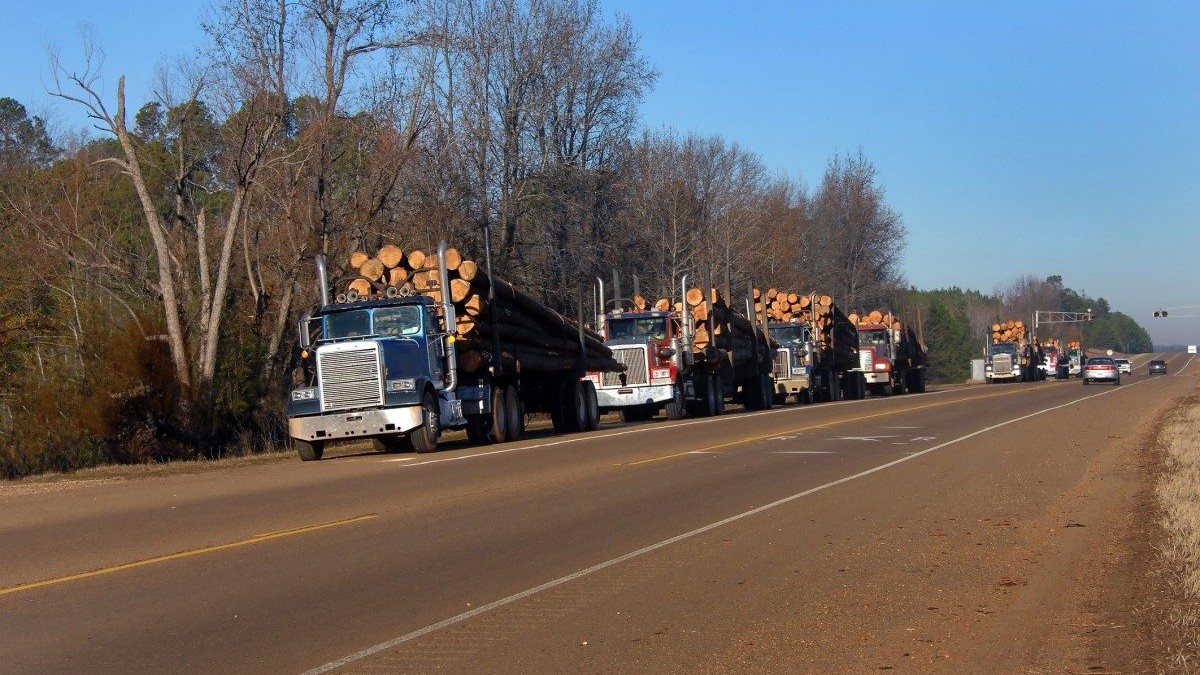US trucking sector bracing for new heavy-duty engine emission standards

The United States’ trucking sector says new tailpipe emissions standards issued by the Government could place heavy cost burdens onto the economy.
In March, the U.S. Environmental Protection Agency proposed the new nitrous oxide (NOx) emissions standards for heavy-duty truck engines will be either a two- or one-step process.
According to the EPA, the two-step process, Option 1, would set a stringency increase first in model year 2027 and a second increase in MY 2031. The one-step process, Option 2, would immediately jump to full implementation of a NOx standard in model year 2027.
The 2031 standards under Option 1 would lower truck emissions by 90% compared to current norms, and EPA estimates that NOx emissions from the total fleet of heavy-duty trucks on the road in 2045 would decrease by as much as 60%. Option 2 would achieve less overall NOx emissions reductions than Option 1.
The trucking industry said the benefits of the proposal would be outweighed by other costs.
According to Freightwaves, David Owen, president of the National Association of Small Trucking Companies, said if either option of the proposed rule is adopted, many if not most carriers and truckers will opt to keep the vehicle(s) they have for longer than they otherwise would have.
“Small-business truckers in general cannot afford to buy brand-new power units, which today cost around US$140,000. New vehicles complying with the proposed rule as of MY27 will cost significantly more — reflecting the sophisticated new technologies that enable their engines to meet the new standards and requirements, a period of inflation-fed cost increases and new technologically complex systems still working out the bugs,” he said.
“So, for the large percentage of carriers having 20 or fewer trucks, the new vehicles will be even less of an option; these carriers will remain in the used heavy-duty truck market.”
Owner-Operator Independent Driver Association President and CEO Todd Spencer said that both options as currently proposed do not provide the production timelines necessary to ensure that trucks adhering to the new standards will be affordable.
“Any final rulemaking must better prioritise affordability for owner-operator drivers who will be required to purchase and install new equipment,” he said.
“This rulemaking must ensure that drivers and carriers who are investing in new vehicles are getting a fair deal and will not be constantly sidelined from their profession due to costly and repeated breakdowns.”





